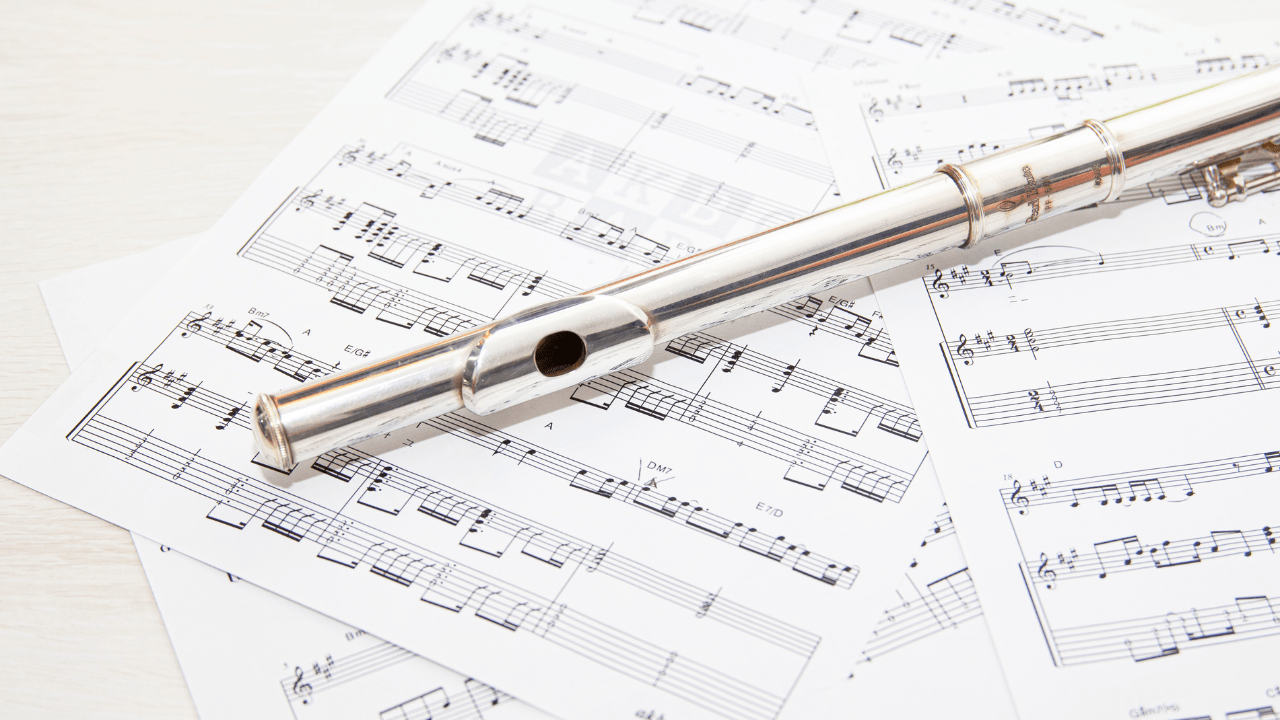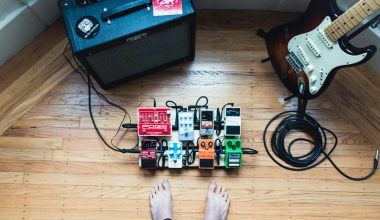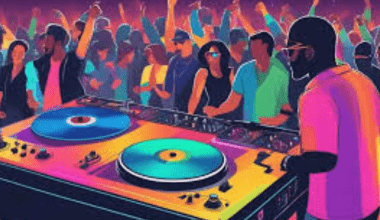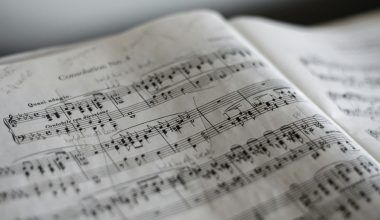Have you ever been in a big hall, a church, or even a tunnel and noticed how your voice seems to bounce back and fill the space? That magical sound is called reverb, short for reverberation. It happens when a sound reflects off surfaces like walls, ceilings, or floors and keeps bouncing around. Reverb is what makes sound feel alive, giving it depth and atmosphere.
Without reverb, music and sound would feel flat and dull. It’s like the difference between singing in a shower (lots of reverb) and singing in a tiny, dry room. Let’s dive into what reverb really is, how it works, and why it’s so important in music and sound design.
How Does Reverb Work?
When you make a sound, like clapping your hands or talking, the sound waves travel through the air. When they hit a surface—like a wall, a floor, or even furniture—they bounce back. Some of these waves reach your ears right away (this is the direct sound), and others take longer because they bounce around multiple times. These delayed sounds mix together and create the effect we call reverb.
It’s different from an echo, which is a clear repetition of the sound. Reverb is more of a smooth blend, making everything sound more natural and connected.
Why is Reverb Important?
Reverb is like the seasoning in your favorite dish. It adds flavor, depth, and makes everything feel complete. Without it, recordings or live performances can sound too “dry” or lifeless. Reverb helps:
- Create a sense of space: It tells our brain whether the sound is in a small room, a large hall, or outdoors.
- Make music more emotional: A dreamy song might use lots of reverb, while a fast rock song might use just a little.
- Blend sounds together: In music production, reverb can make different instruments sound like they’re playing in the same space.
Different Types of Reverb
Reverb isn’t one-size-fits-all. Depending on where the sound is and how it reflects, reverb can feel very different. Here are the main types:
1. Room Reverb
This is the kind of reverb you hear in small spaces, like your bedroom or a small recording studio. It’s short and subtle, but it makes sounds feel natural.
2. Hall Reverb
Hall reverb mimics the sound of large spaces like concert halls. It’s smoother and lasts longer, making it perfect for orchestras and vocals.
3. Plate Reverb
This is a man-made type of reverb created by vibrating metal plates. It has a bright, shiny sound and is often used in classic rock and pop music.
4. Spring Reverb
Spring reverb uses coiled springs to produce its effect. It has a twangy, metallic feel and is popular in vintage guitar amps.
5. Cathedral or Church Reverb
Think of singing in a giant cathedral. This reverb is grand, with long decays and rich, echoey sounds.
6. Digital Reverb
Digital reverb is created with software or hardware. It can mimic natural spaces or create completely unique, artificial effects.
Where is Reverb Used?
Reverb isn’t just for music—it’s everywhere! Here are some common uses:
1. In Music
- Vocals: A little reverb can make a singer’s voice sound richer and more emotional.
- Instruments: Guitars, pianos, and drums often have reverb to add depth.
- Genres: Dreamy pop and electronic music use heavy reverb, while tight, punchy rock songs might use less.
2. In Movies
Reverb helps set the scene. A cave might have a lot of echoey reverb, while a small room will sound tight and dry.
3. In Games
Reverb makes gaming worlds feel real. Walking into a castle or a forest wouldn’t feel right without it.
4. In Everyday Life
Ever noticed announcements in a train station sound a bit echoey? That’s reverb, helping the sound carry across the space.
How to Use Reverb in Music
Adding reverb is an art. Here are some simple tips:
- Choose the right reverb: For a small, cozy feel, go for room reverb. For something grand, try hall or cathedral reverb.
- Don’t overdo it: Too much reverb can make everything sound messy. Use just enough to enhance the sound.
- Use pre-delay: This adds a tiny gap between the sound and the reverb, keeping things clear.
- Experiment: Mix different types of reverb or adjust the settings until it feels just right.
Reverb in Popular Music
Some of the most iconic songs use reverb creatively:
- Adele’s “Hello”: The vocals are drenched in reverb, giving the song a haunting, emotional feel.
- The Beatles’ “A Day in the Life”: This classic track uses reverb to create its dreamy atmosphere.
- U2’s Guitar Sound: The Edge, their guitarist, is famous for his use of reverb to create big, echoey soundscapes.
Common Mistakes with Reverb
- Too much reverb: This can make a song sound muddy or unclear.
- Wrong type of reverb: A cathedral reverb might not work for a fast, upbeat song.
- Ignoring tempo: The decay (how long the reverb lasts) should match the rhythm of the track.
Fun Facts About Reverb
- Nature’s Reverb: Caves and forests create natural reverb. That’s why people love singing in these places!
- First Reverb Machine: The plate reverb was invented in the 1950s and became a game-changer for music studios.
- Reverb in Space: Astronauts don’t experience reverb because there’s no air in space for sound to bounce off.
How to Start Using Reverb
If you’re new to music production or sound design, here’s a simple guide to get started:
- Pick a DAW: Programs like GarageBand, FL Studio, or Ableton Live have built-in reverb tools.
- Experiment: Try adding reverb to a recording of your voice or guitar.
- Learn the Controls:
- Decay: How long the reverb lasts.
- Size: How big the space feels.
- Mix: How much reverb is added to the original sound.
- Get Feedback: Share your mix with friends or online communities.
Why Reverb Will Always Be Relevant
Reverb has been part of music and sound for centuries. From ancient caves to modern digital studios, it’s a timeless tool that helps us connect emotionally with sound. With advancements in technology, the possibilities with reverb are endless.
Conclusion: Embrace the Magic of Reverb
Reverb is all around us, whether we notice it or not. It’s the secret ingredient that makes music feel alive, movies feel immersive, and spaces feel unique. Whether you’re a beginner experimenting with sound or a listener appreciating your favorite songs, reverb adds that special touch that makes sound unforgettable.
So next time you’re singing in the shower or playing with a music app, pay attention to the reverb. It’s more than just an effect—it’s the soul of sound.
Related Articles:
For further reading, explore these related articles:
For additional resources on music marketing and distribution, visit Deliver My Tune.





